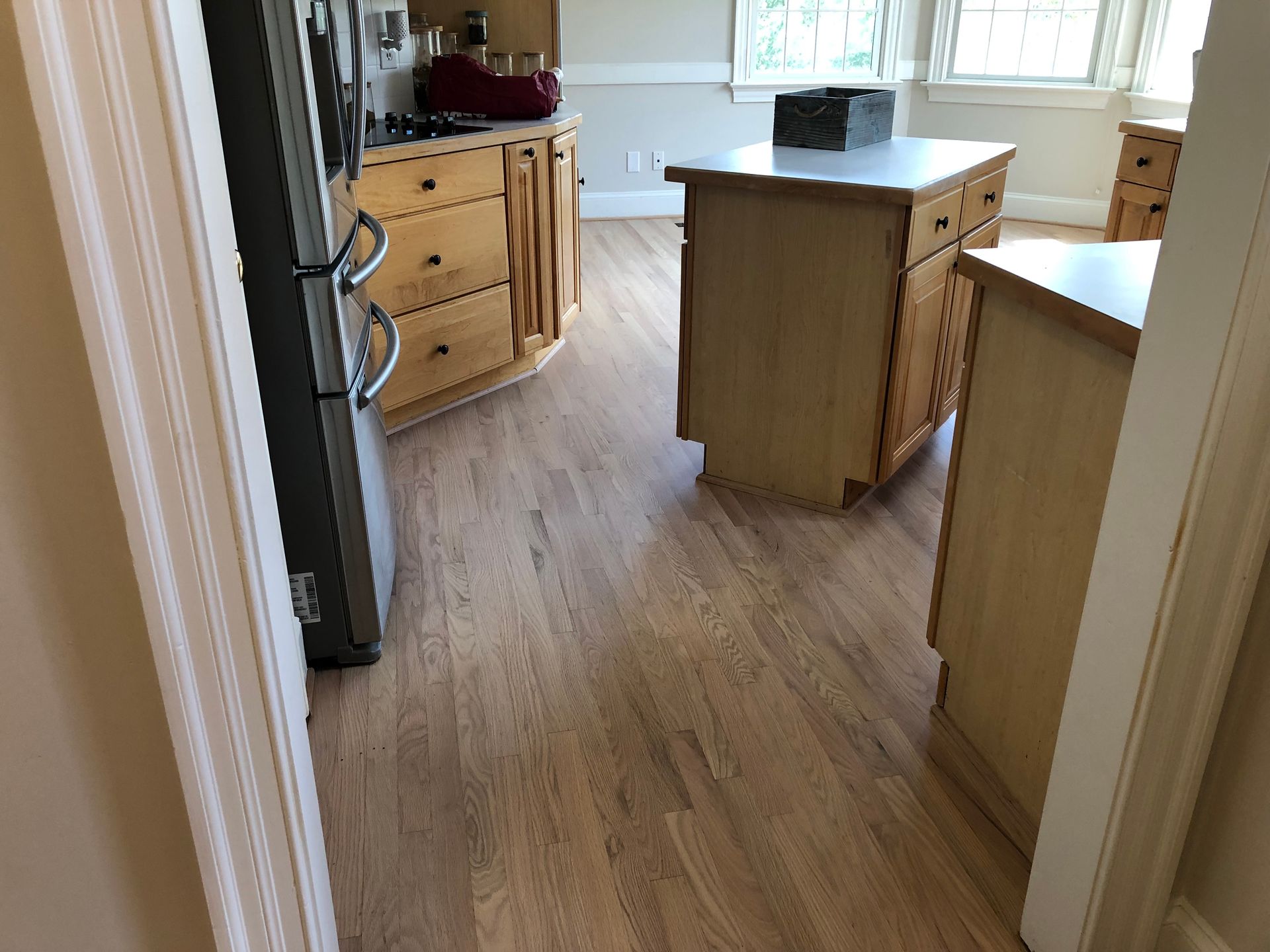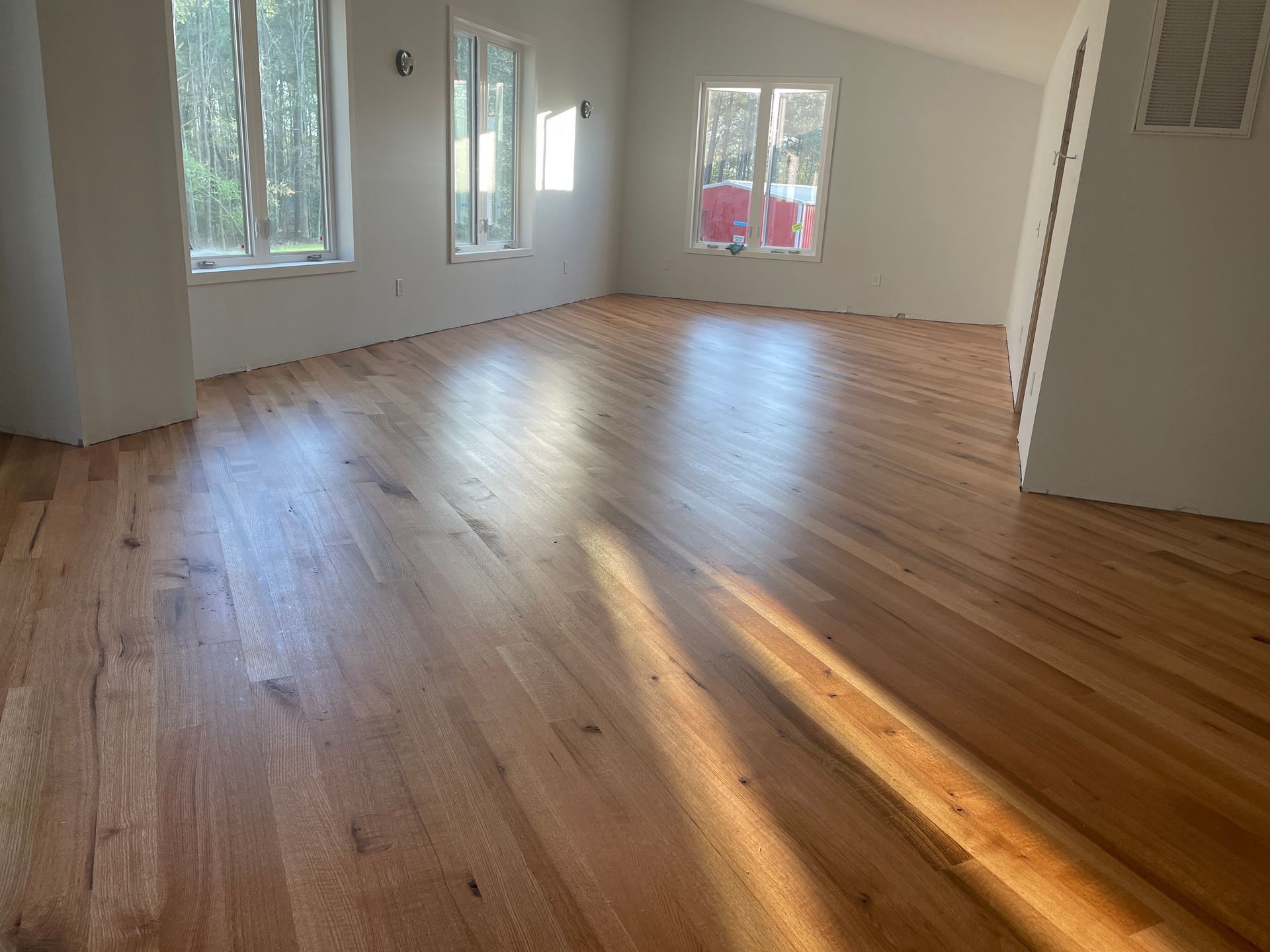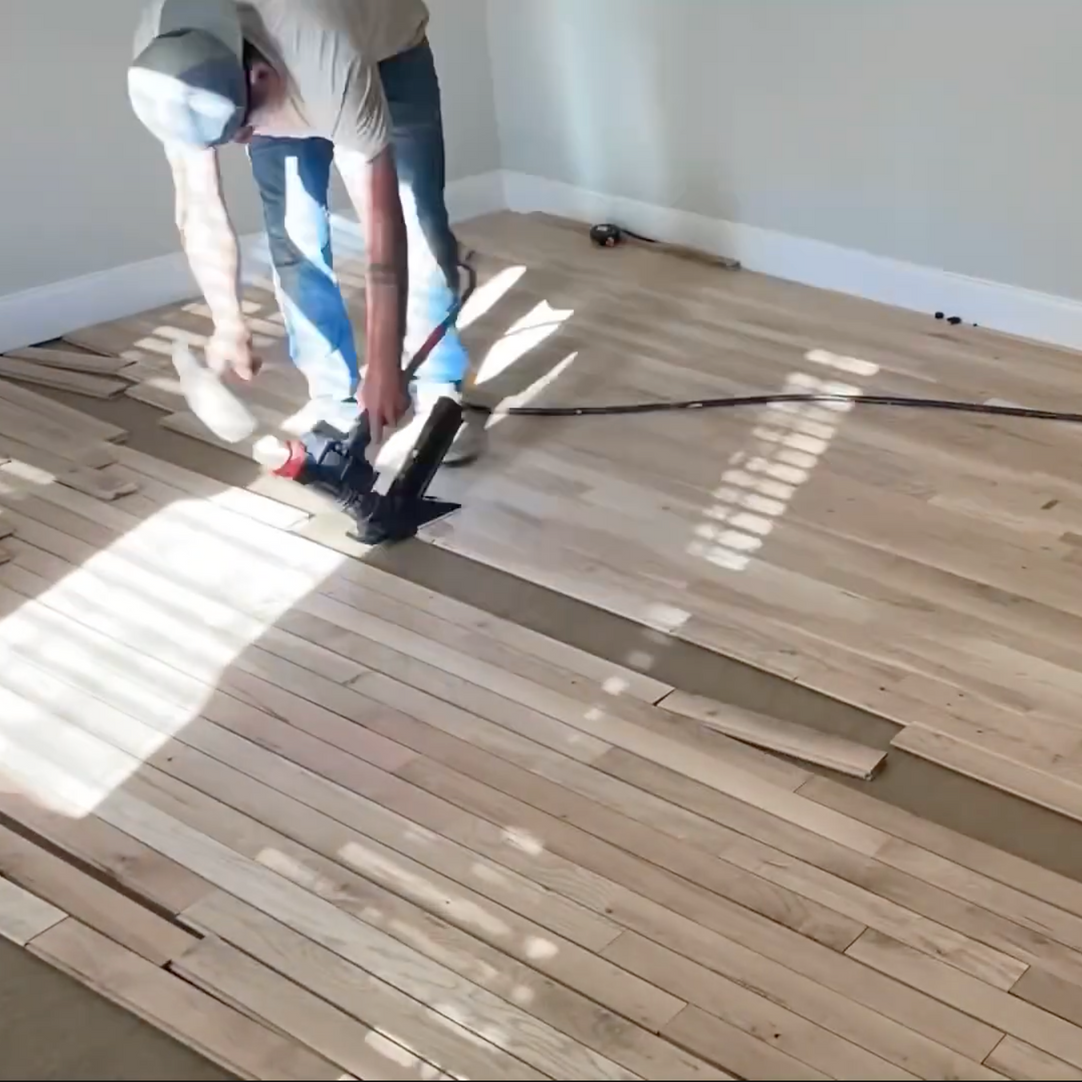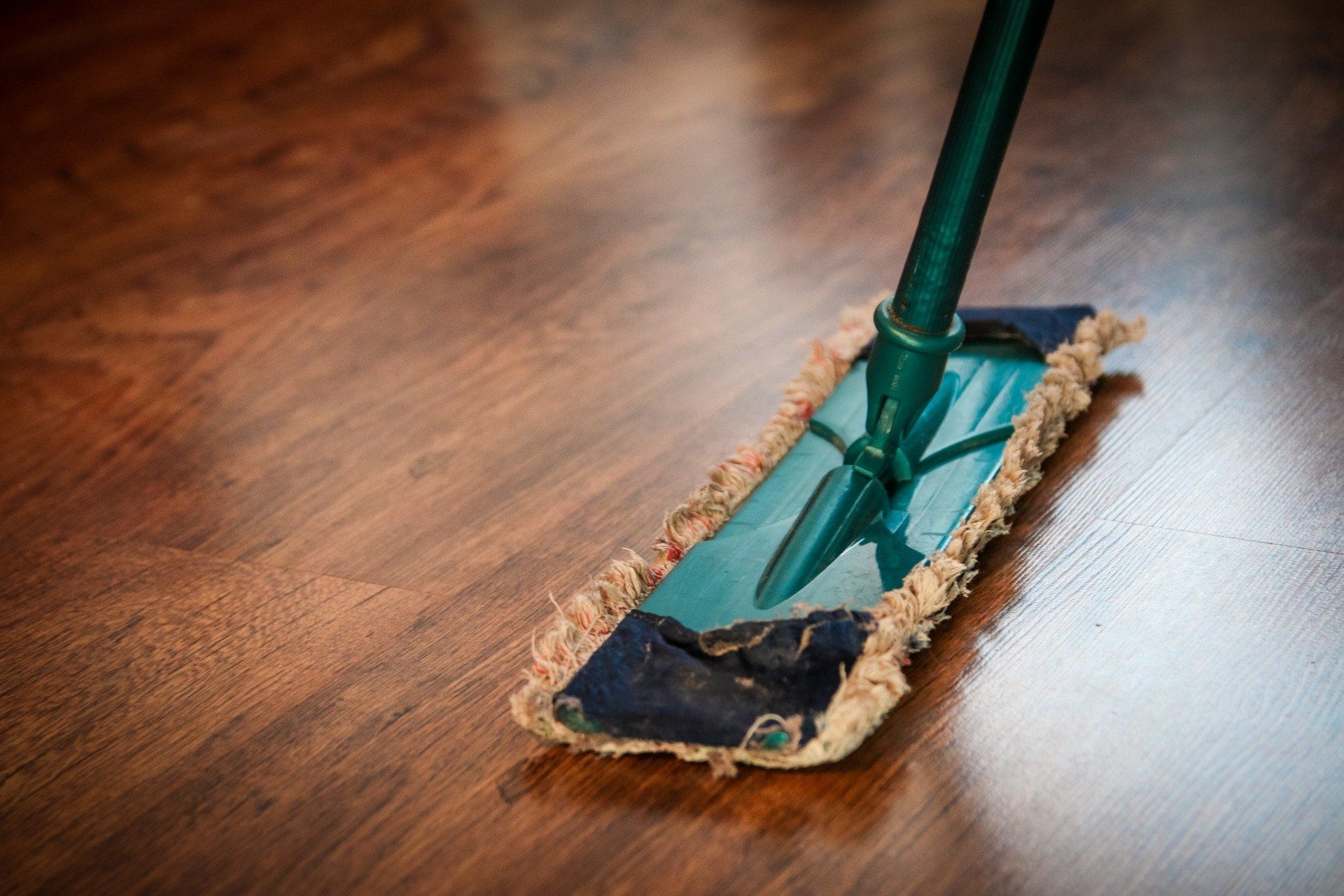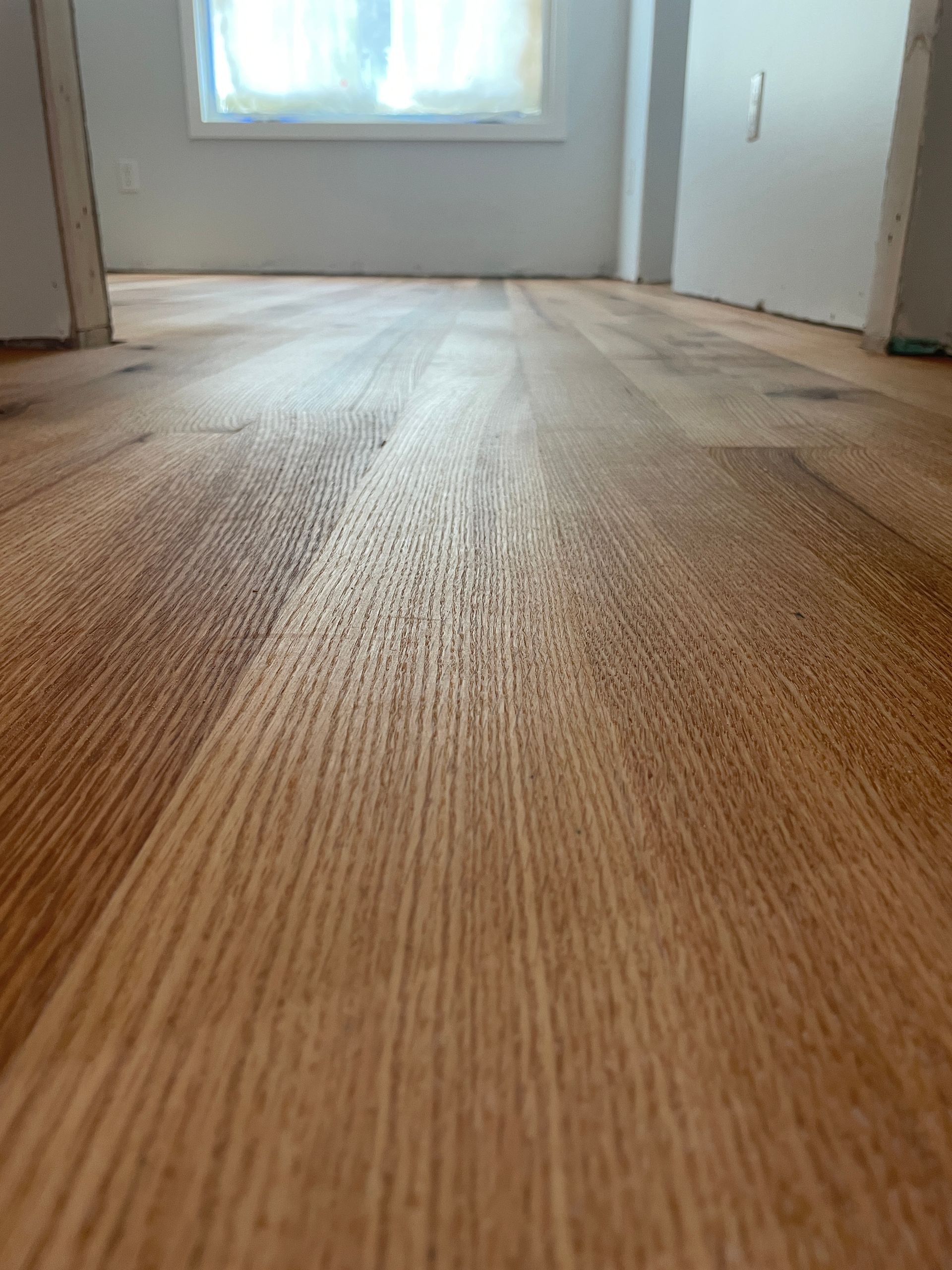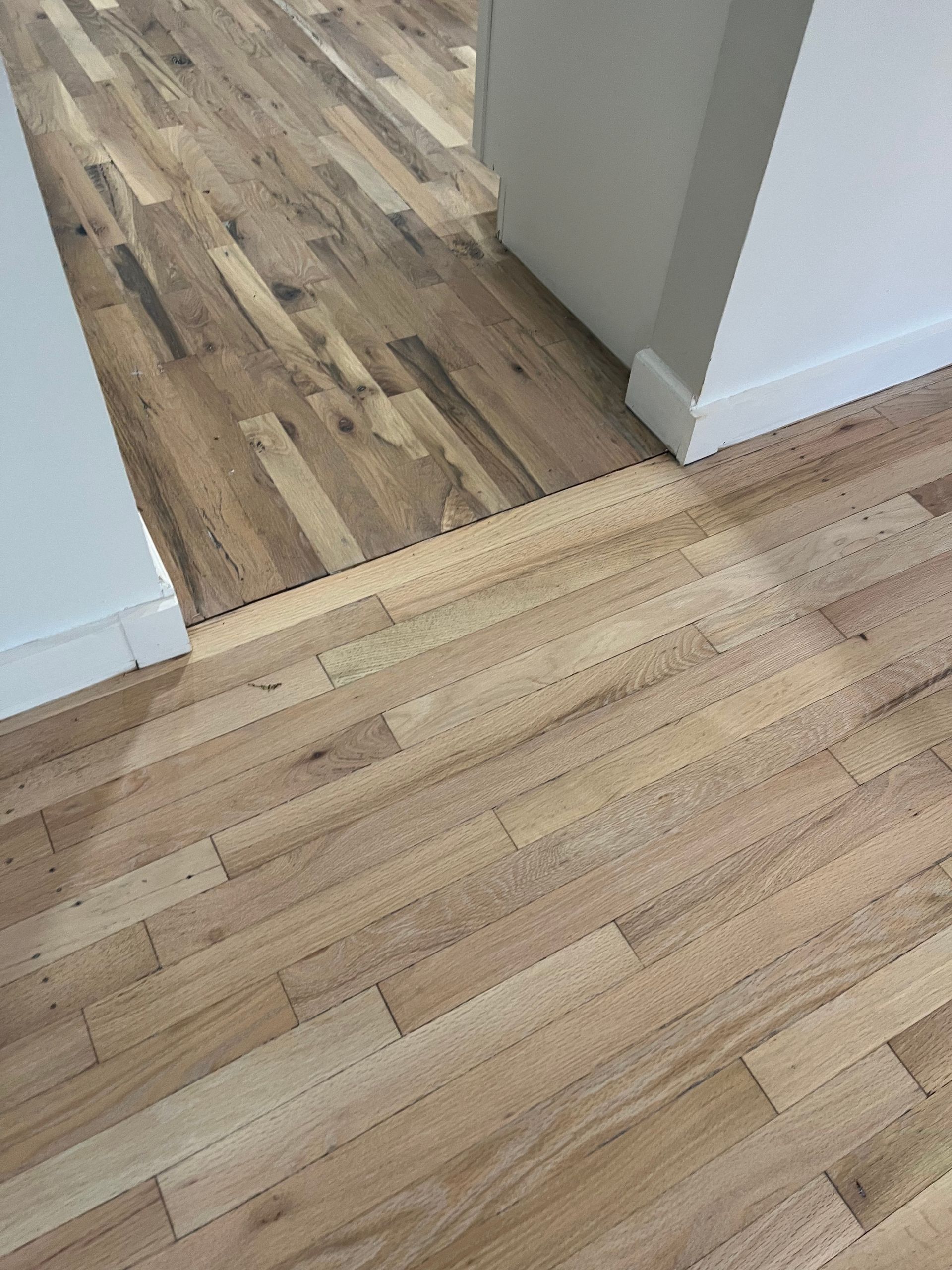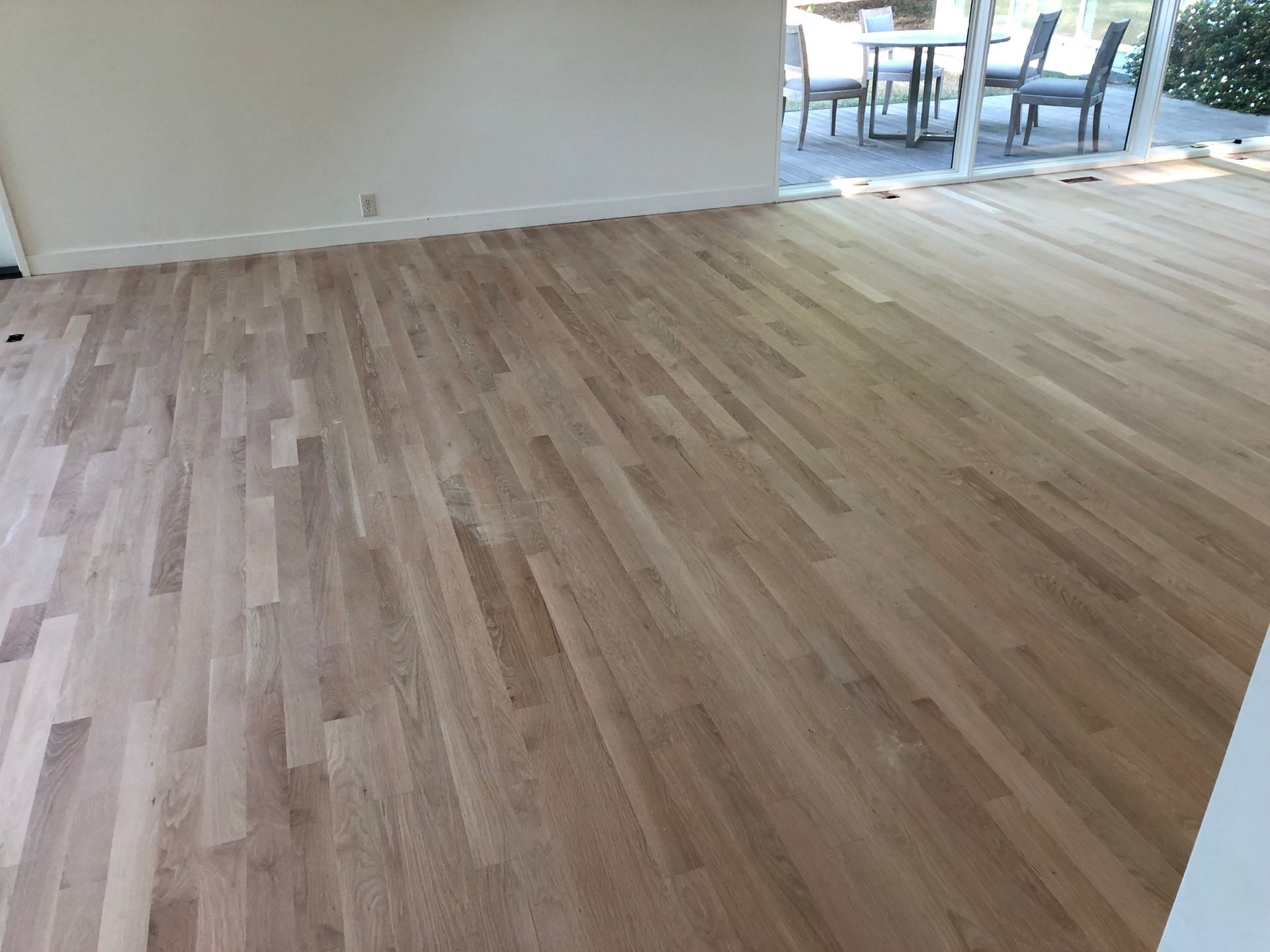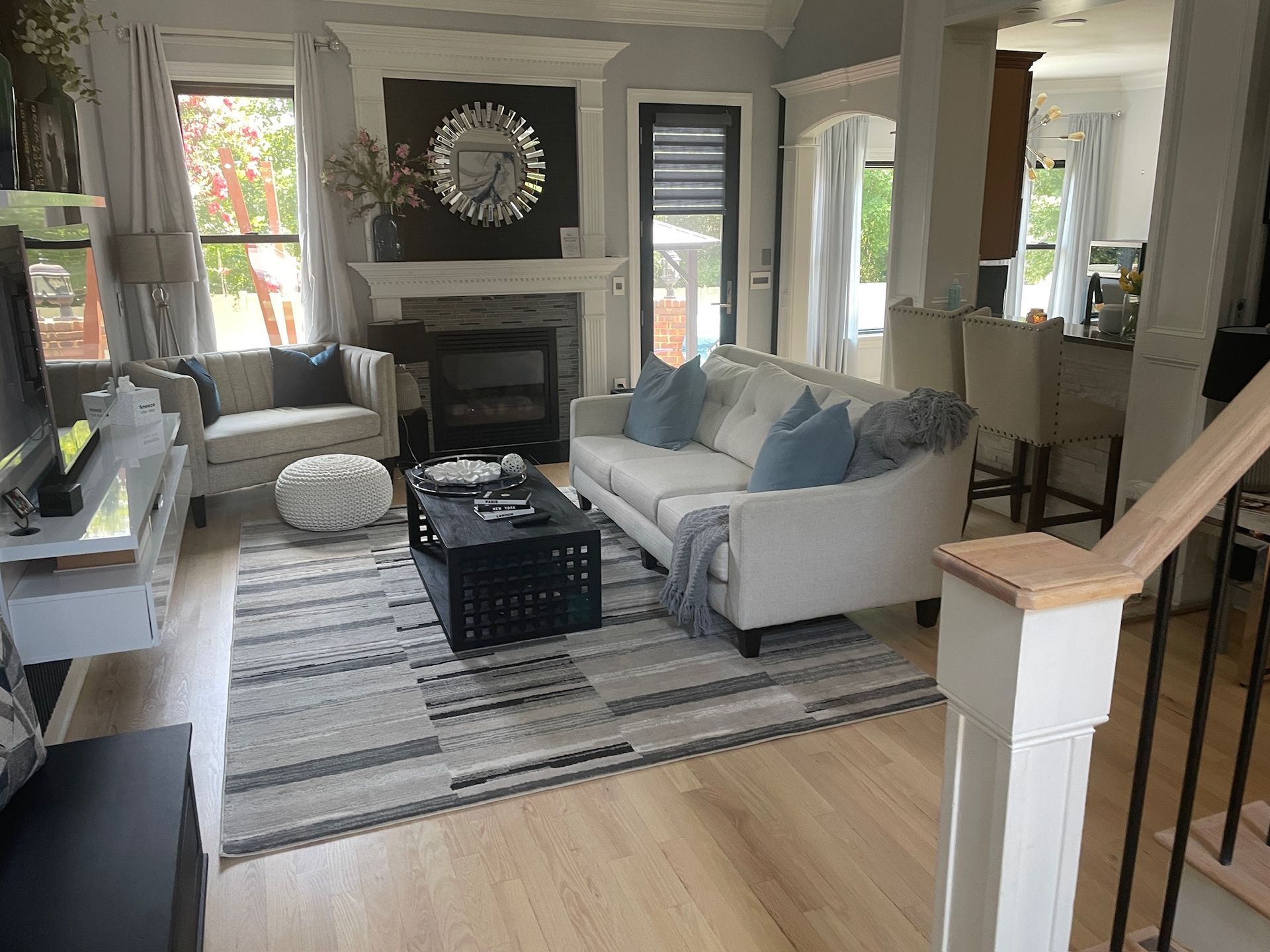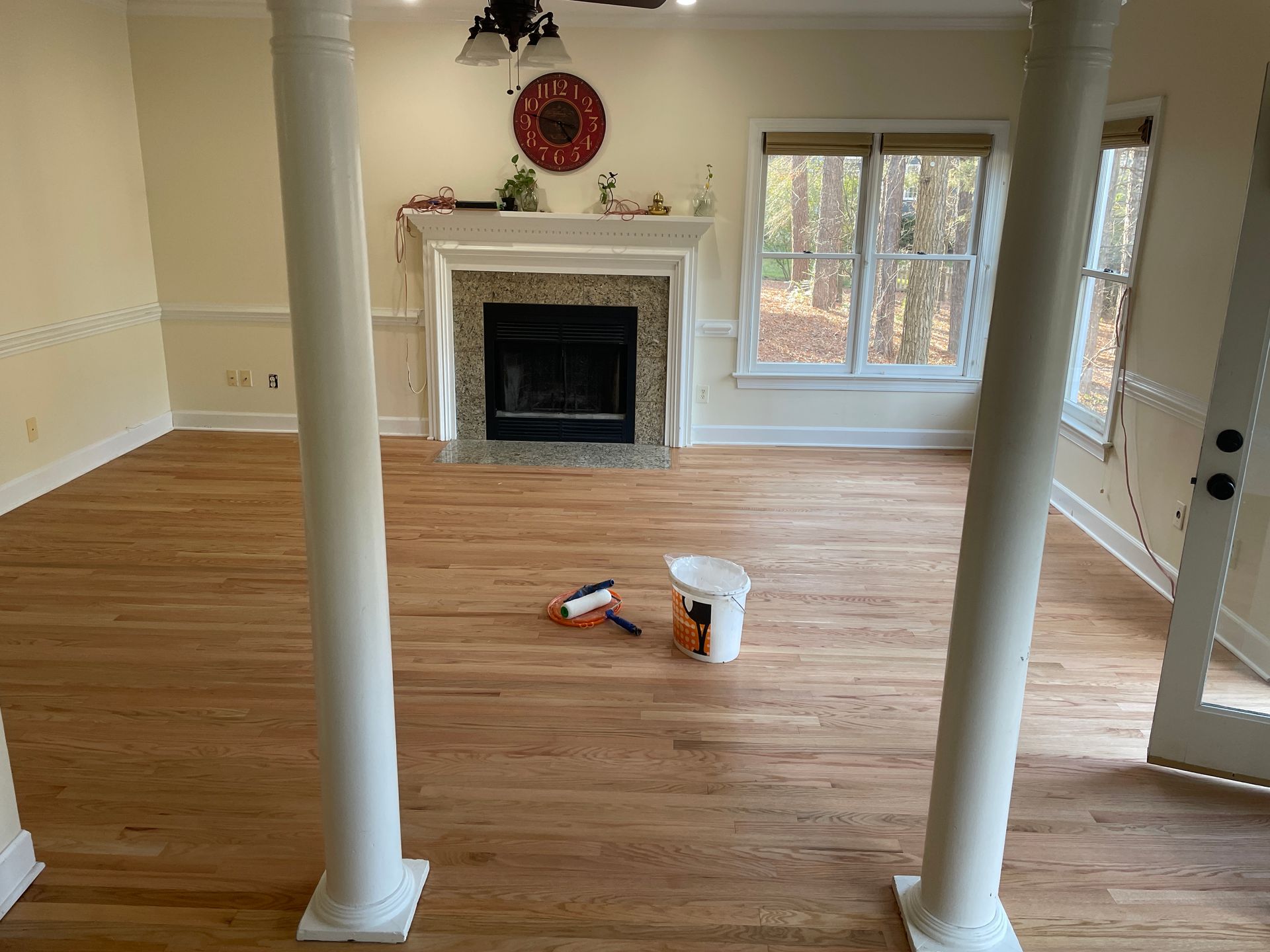Time to sand and refinish your hardwood floors?
5 signs it's time to sand and refinsh your hardwood...
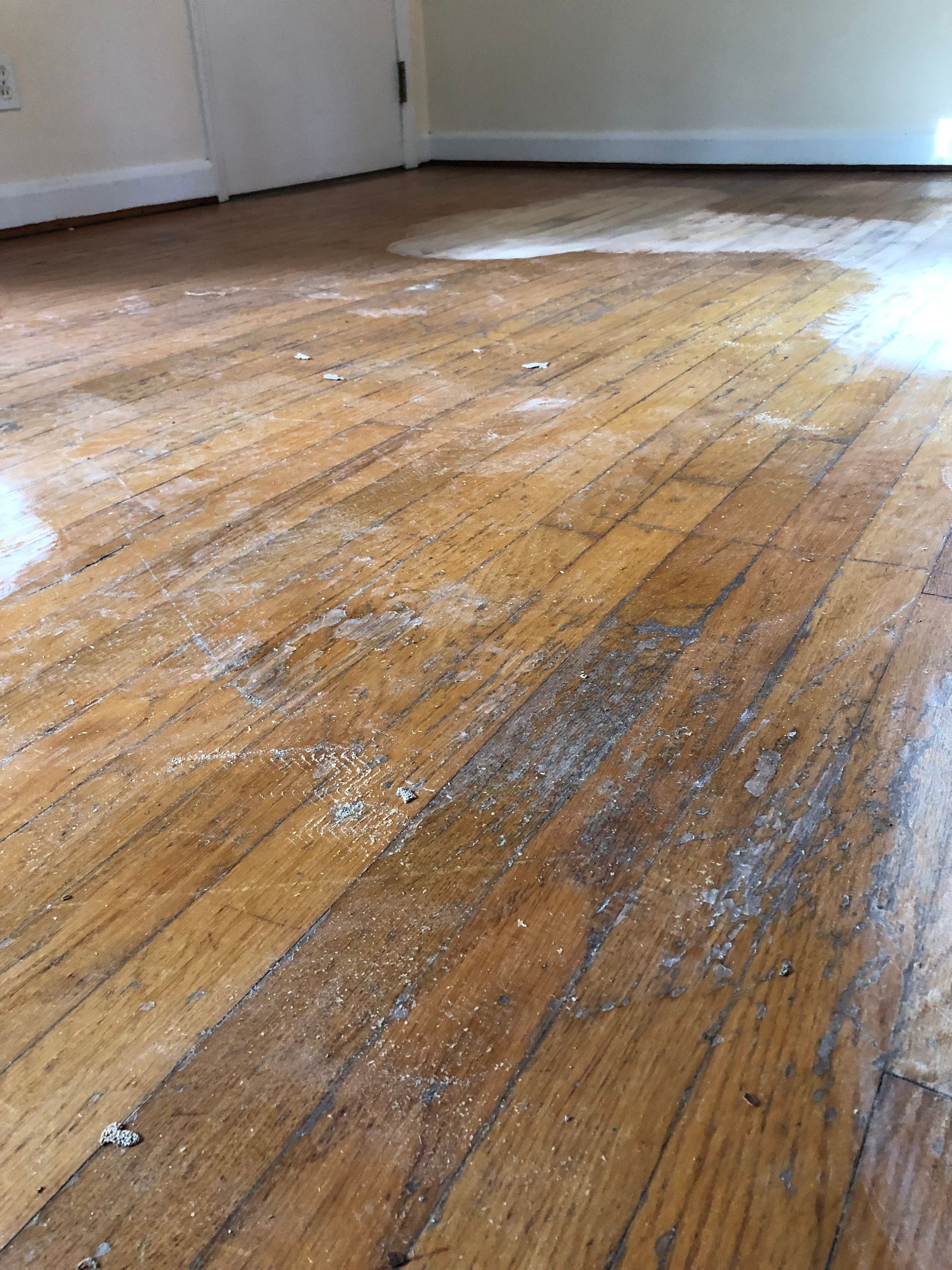
Hardwood floors are beautiful and can last for centuries. But, they do require care and maintenance. Periodically, they need to be sanded and refinished. But, how do you know when it’s time to sand your hardwood flooring? What are the signs?
Below are the top 5 signs that it’s time to restore and refurbish your hardwood floors. Some of these signs are obvious; others are a bit more subtle.
1. Lots of scratches
Yes, if you have a large number of scratches, especially when those scratches have worn through the stain, it’s time to refinish your floors. The scratches are much more obvious when you have a darker stain. And, you shouldn’t worry about a few minor scratches – that is normal. But, when you have a lot of unsightly scratches (especially if it’s not an area you can cover up with an area rug), it’s time to sand the floors.
Most scratches are topical and will come out with a simple sand and refinish (same with paint that has dripped on the floor). Every once in a while you may have large gouges and places where the wood has been deeply cut or the wood has split. These are less common, and when they do happen, you can replace those pieces of wood with new ones. But, most of the scratches will come out with a simple
sand and refinish.
2. Some boards are turning gray
When your hardwood turns gray, it’s definitely time to finish…and do it soon before you have more damage. Your floors are begging you for your help. When the polyurethane wears off, the wood absorbs the water. That water can come from rain, snow, pet paws, spilled drink, or even just cleaning products (through normal maintenance). When the wood absorbs the water, it oxidizes and turns gray. Eventually, if you don’t repair your floors, the wood will turn darker and darker until it’s black. At that point, you will need to replace the floors (as sanding won’t solve it).
So, when you start to see gray, it’s a big watch out. Refinish quickly, and in the meantime, make sure the gray areas don’t absorb any more water.
3. Some boards have already turned black
As I noted above, once your floorboards have turned black, it’s pretty much too late. Your boards may be black in some areas due to pet stains or water damage. At this point, you have 2 choices: 1) stain the floors dark enough to camouflage the stains, or 2) replace and weave in new boards in the damaged sections. The 2nd option will cost extra, but it does allow you to choose whatever stain color you would like.
4. Water damage (or moisture damage)
When there is water damage (or major moisture), you will start to see separation and/or cupping of boards as well as some dark areas. Water damage could be from a number of factors including a flood, broken water heater, pet damage, ice damming, leaking air conditioners, overflowing toilet, moisture/flooding/mold in the basement or adjoining area, etc.)
If you just have cupping of the floors, it can usually be sanded out. If you have more major damage (e.g. blackboards, major separation, boards popping up), then you may need to replace the floors, or else replace a section of them.
5. Fading (and/or discoloration) from sun…or dullness
If you see major sun damage to the floors (which is coming from the UV rays), you may want to refinish the floors. Sometimes, the colors just looked discolored or unhealthy. You can often see a big difference by the windows, especially when you move some of the area rugs. Sanding and refinishing will generally take care of this as it removes the top layer and then you can apply a new stain.
Are there other options? Can you do a “light sanding?”
Usually, by the time people are asking this question, the only choice is to do a full sand and refinish. But, occasionally, homeowners are lucky, especially if their only issue is the dullness of the finish. If that’s the case, a screen and recoat could work as it’s much less invasive (i.e. less messy and a shorter and less expensive process).
A screen and recoat is more of a preventative maintenance strategy and it works IF you maintain the floors every 3-4 years before you get deep scratches through the poly finish. You can read more about hardwood floor refinishing with a
screen and recoat here.

